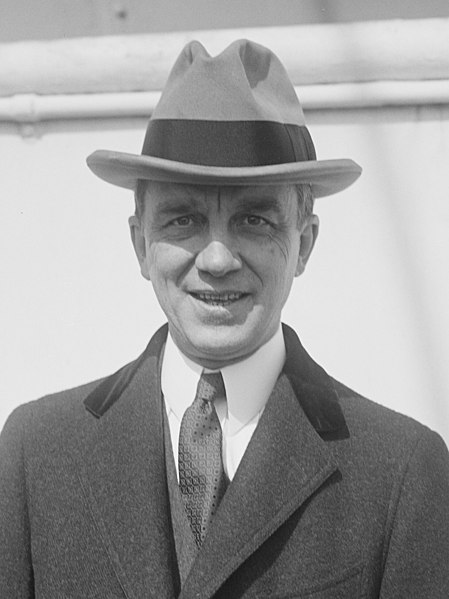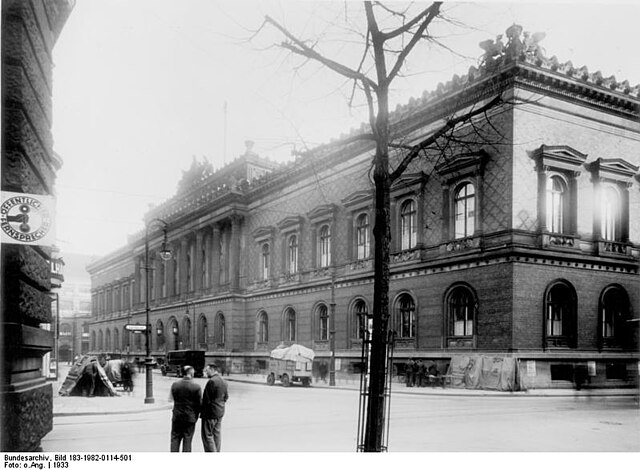Owen D. Young was an American industrialist, businessman, lawyer and diplomat at the Second Reparations Conference (SRC) in 1929, as a member of the German Reparations International Commission.
Young, 1928
Time cover, 23 Feb 1925
The Young Plan was a 1929 attempt to settle issues surrounding the World War I reparations obligations that Germany owed under the terms of Treaty of Versailles. Developed to replace the 1924 Dawes Plan, the Young Plan was negotiated in Paris from February to June 1929 by a committee of international financial experts under the leadership of American businessman and economist Owen D. Young. Representatives of the affected governments then finalised and approved the plan at The Hague conference of 1929/30. Reparations were set at 36 billion Reichsmarks payable through 1988. Including interest, the total came to 112 billion Reichsmarks. The average annual payment was approximately two billion Reichsmarks. The plan came into effect on 17 May 1930, retroactive to 1 September 1929.
Charles Dawes, who led the committee that developed the Dawes Plan
The Reichsbank building in Berlin. The Young Plan brought the bank back fully under German control.
Prime Minister Raymond Poincaré. He was unable to convince the French parliament to accept the Young Plan.
Edited photograph of Alfred Hugenberg (left) with Adolf Hitler in 1931. Both were involved in the attempt to block the Young Plan by referendum.






